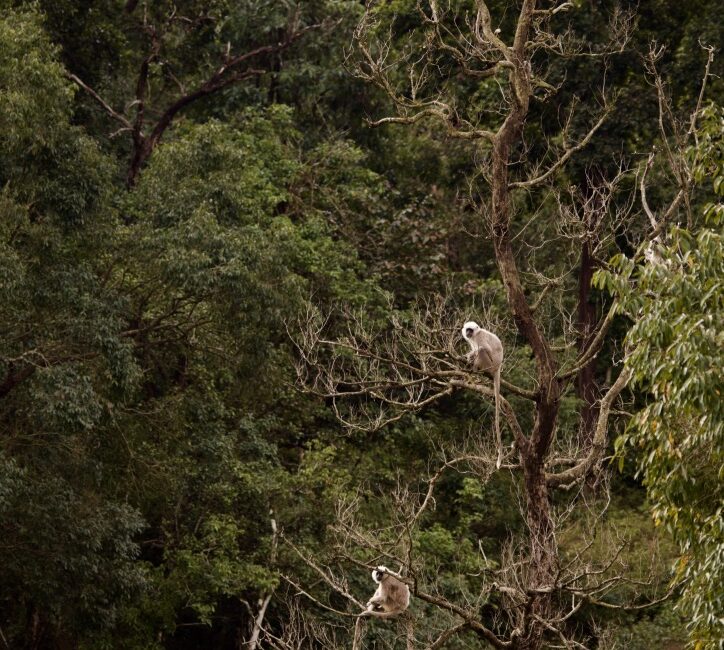“Silent Shadows: The Enigmatic Leopards of India’s Hills”
by Prashanto Banerji
Nestled amidst the undulating folds of India’s hills, a silent and elusive predator prowls through the dense foliage—the leopard. Cloaked in spotted grace, these enigmatic creatures embody the mystique of the wild, adding a touch of untamed allure to the picturesque landscapes of the Indian hills.
In the remote corners of the subcontinent, from the Western Ghats to the Himalayan foothills, leopards emerge as apex predators, perfectly adapted to the challenging terrain they call home. Their lithe forms navigate the steep inclines with an almost ethereal agility, and their cryptic patterns blend seamlessly with the dappled sunlight that filters through the verdant canopies.
The presence of leopards in the Indian hills is not just a testament to their adaptability but also a reminder of the delicate ecological balance that exists in these biodiverse ecosystems. As solitary hunters, leopards play a crucial role in regulating prey populations, ensuring the health of the entire ecosystem. Their elusive nature, combined with a keen intelligence, makes encounters with these feline inhabitants a rare and cherished experience for those fortunate enough to witness their silent grace.
However, the coexistence of leopards and humans is not without challenges. As expanding human settlements encroach upon their territories, instances of human-leopard conflict have escalated. The hills, once untouched havens for these majestic cats, now bear witness to a complex dance between survival and encroachment.
Conservation efforts must strike a delicate balance between protecting human lives and preserving the natural habitats of leopards. Education, community engagement, and the implementation of sustainable practices are integral components of ensuring that these hills remain both a sanctuary for leopards and a safe haven for local communities.
The hills are not just a backdrop to the leopard’s story; they are integral chapters in the larger narrative of biodiversity conservation. Efforts to safeguard these elusive predators must extend beyond arbitrary borders, uniting communities, governments, and environmentalists in a shared commitment to coexistence.
The future of leopards in the Indian hills rests in our hands. By fostering a deep appreciation for the role they play in maintaining the ecological equilibrium and implementing thoughtful conservation strategies, we can ensure that the silent shadows continue to grace the hills, adding a touch of wild allure to the tapestry of our natural heritage. The hills echo with the silent stories of leopards, beckoning us to tread lightly and embrace a harmonious coexistence with these mesmerizing creatures.



Location is convenient for customers and the company will be better able to serve existing and new customers throughout the energy corridor and beyond.
The facility is capable of handling repairs on a variety of machines from compact construction equipment to large boom lifts.
The synergy of it’s content makes it easy to use towards industry award shows such as the Golden Globes and the Oscars.